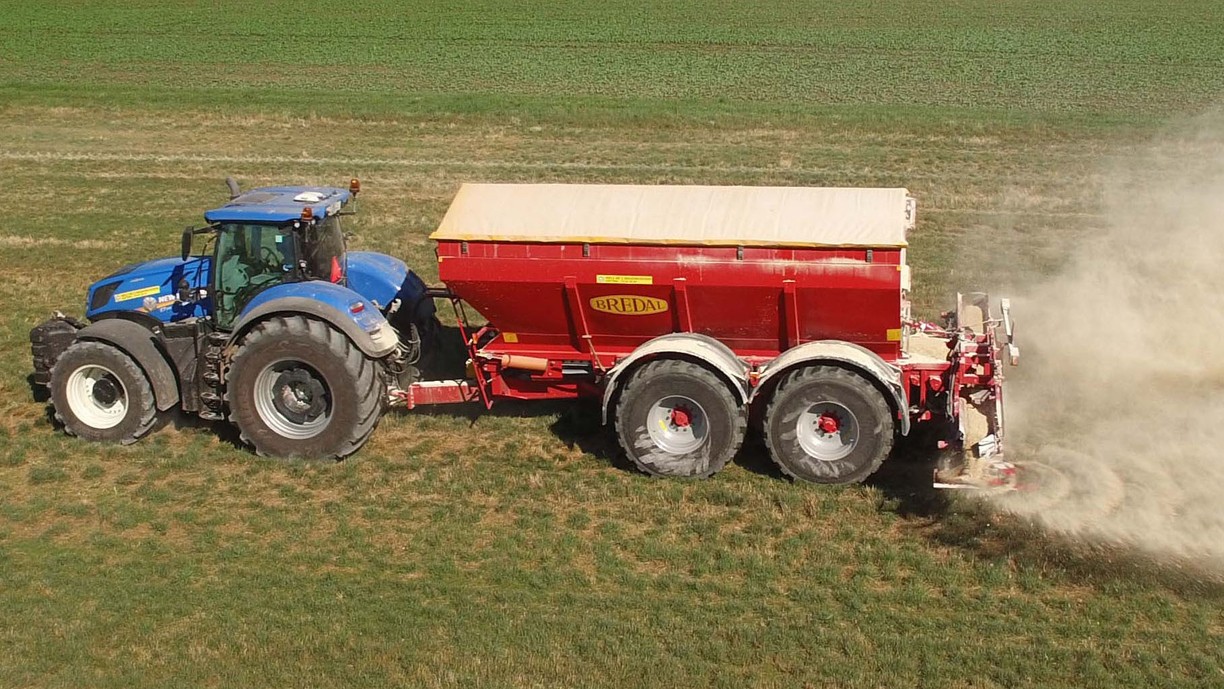
Maintaining healthy grassland is a cornerstone of successful farming, and one essential practice often overlooked is the application of lime. By correcting soil pH, lime helps ensure optimal conditions for grass growth and soil health. In this blog, we’ll explore why liming grassland is vital, when to apply lime, and the benefits it brings to your fields.
Soil acidity can be detrimental to grassland productivity. Over time, calcium and other vital minerals leach from the soil, particularly in areas with high rainfall. This leads to an increase in soil acidity, negatively affecting plant growth. Grass and clover thrive in soil with a pH range of 6.0 to 6.5, making lime application crucial for maintaining this optimal range.
Here are key reasons why liming is essential:
Timing is crucial to maximize the benefits of lime application. Here are guidelines for spreading lime on grassland:
For ongoing maintenance, non-calcareous soils typically require lime every 3-5 years, with lighter soils needing more frequent applications. Frequent, smaller applications (no more than 1 tonne per acre per year) are preferable to large, infrequent doses to prevent trace element lock-up and maintain microbial activity.
The advantages of applying lime extend beyond correcting soil pH. Here’s what you can expect:
Not all lime is created equal. Its effectiveness depends on factors like its neutralizing value (NV), fineness of grinding, and mineral composition. For grassland, lime sources such as ground limestone, chalk, or magnesium-containing lime can be used depending on soil requirements. Always assess the specific needs of your soil through testing before selecting a lime type.
Applying lime is a straightforward yet highly impactful practice that ensures the long-term productivity and health of your grassland. By addressing soil acidity, you can unlock the full potential of your fields and achieve more sustainable farming outcomes.
For more information or to explore our range of direct drills and other equipment, visit Moore Unidrill.